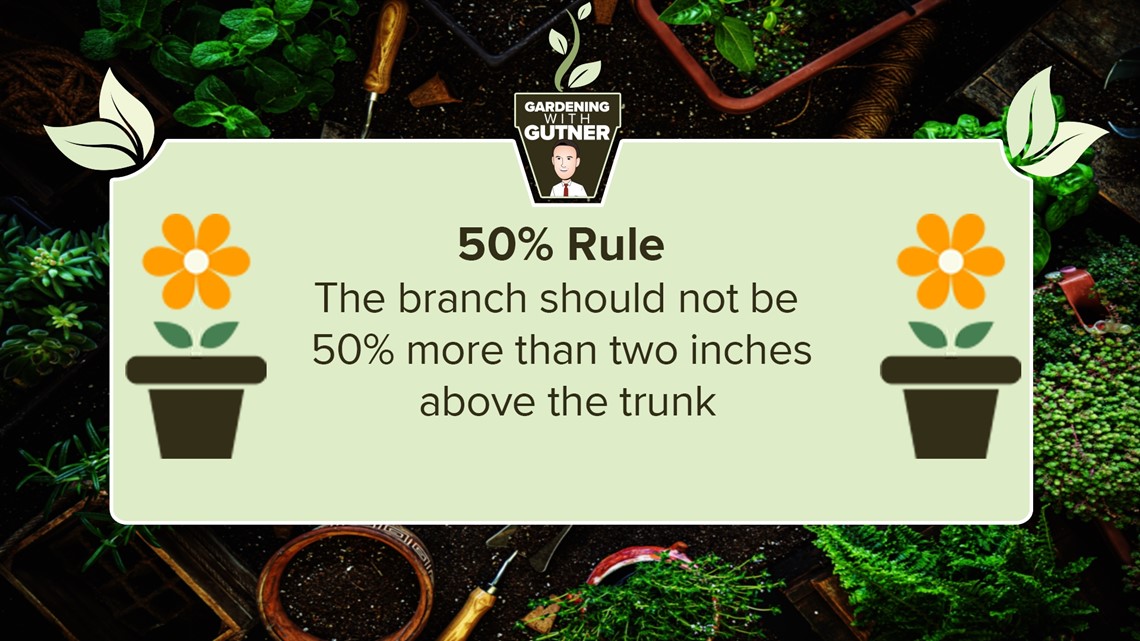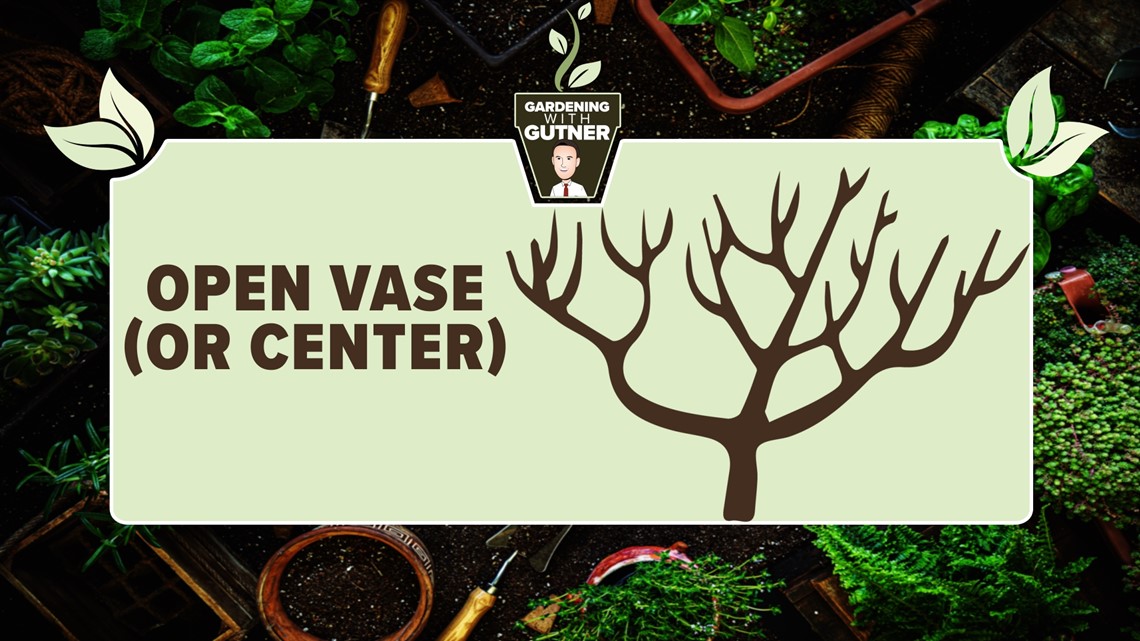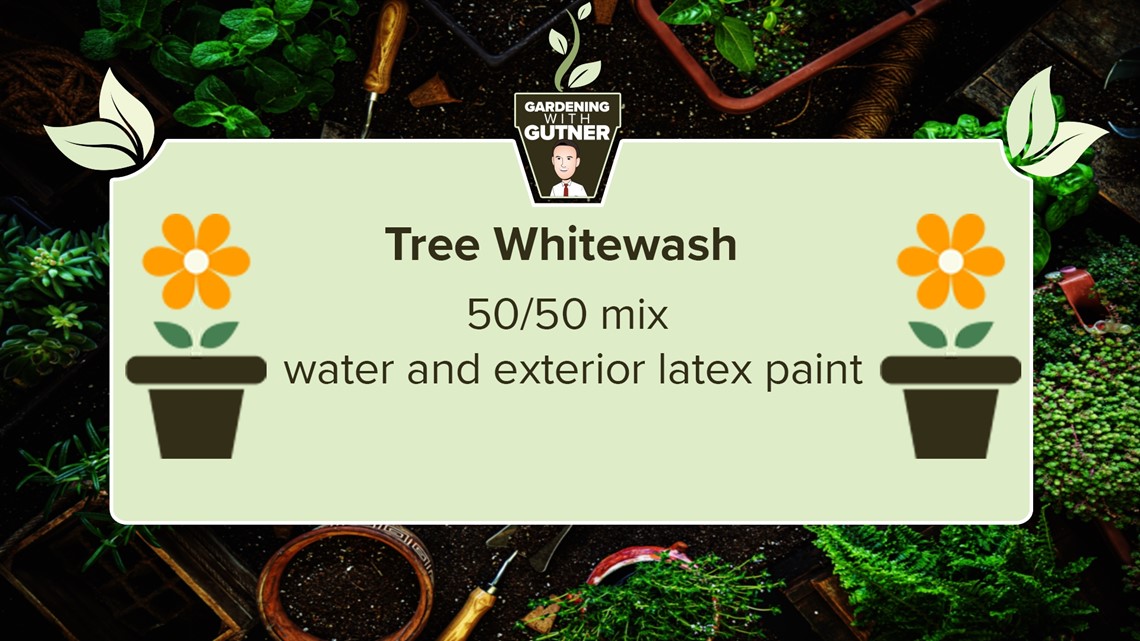MAINE, USA — Pruning your fruit trees is important for the health of the tree, but most importantly for maximum fruit production. The goal is to get as much light to filter down through the tree and to guide all the growing energy to the fruit.
Who better to learn how to prune fruit trees than from an orchard owner? Gardening with Gutner traveled to Limerick to learn from Aaron Libby of Libby & Son U-Picks, where they grow apples, peaches, plums, raspberries, and blueberries.
"Get to the middle of March and April. That's the time you want to prune. You don't want to prune in the fall," Libby said. "Get yourself a good pair of loppers. That rusty one you used to cut a couple of shrubs, not what you want to do. You want to make sure it's sharp and clean. That's going to be vital for the tree, for the health of the tree to get good clean cuts."
Libby explained that the shape of an apple tree should be groomed to have a central leader. The main center will be for the life of the tree. There should be an overall cone shape with the bottom branches being the widest and then narrowing as they get to the top.


Libby demonstrated different types of pruning cuts:
Heading cut: Slicing just above a fruit bud so the growing energy goes to the fruit and not the vegetation.
Thinning cut: Reducing vegetation.
"The key is to open it up, get it to sunlight. Depending on how long you haven't pruned your tree is going to change on how much you've got to get," the orchard owner emphasized. "Any time there's a broken limb, you always cut it back. You never leave that broken limb."
Another principle of pruning is the 50% Rule.


Libby displayed this rule with a dwarf apple tree. He showed how the limb that was larger would pull all the energy from what was above it to get bigger.
Peach trees are pruned in a different shape than apple trees. They are groomed to be in an open vase formation.


"We talked about the shading, how it's crucial for the apple tree to get the light in it. Peaches, absolutely, you can not have two branches on top of each other. The other branch will die," Libby said.
Pruning doesn't begin until mid-April for the peach trees when some vegetated growth appears.
Not only does a fruit tree grower have to worry about Mother Nature, but animals also enjoy the fruits of their labor. Rodents and deer are a major concern.
Deer can stand up on their hind legs and eat all the apple buds, therefore, decimating the crop of fruit. The orchard owner revealed that he has over two miles of fencing protecting his orchard. When he has had fencing issues, he has used very perfumey soap, but a physical barrier is the best solution.
While they may be small, mice can kill a big tree by eating the bark all the way around the trunk destroying the vascular system. This kills the tree. Libby explained that there are mice guards, mesh, and plastic wraps, but he uses a whitewash painted on the bottom two feet of the tree.
Here is the recipe for that whitewash:


"The rodent damage isn't going to be as crucial because they don't like the taste of the paint. The other big thing is in the winter it keeps it calm," Libby explained. "The white paint reflects the sun and keeps the tree a more moderate temperature and keeps it calmer."
Pruning is the first step to a bountiful harvest of fruit.
To learn more about pruning, the University of Maine Cooperative Extension has even more information.

